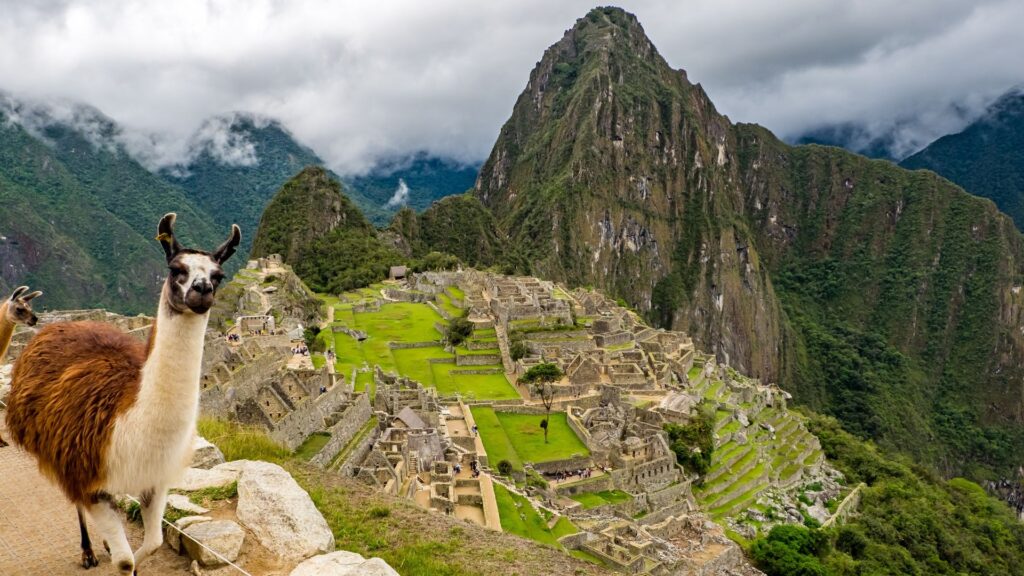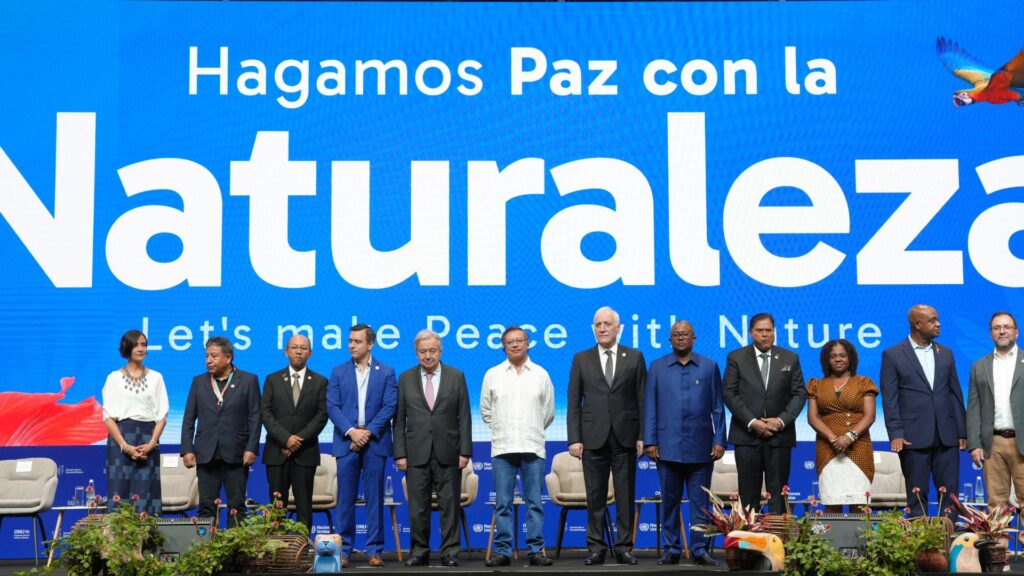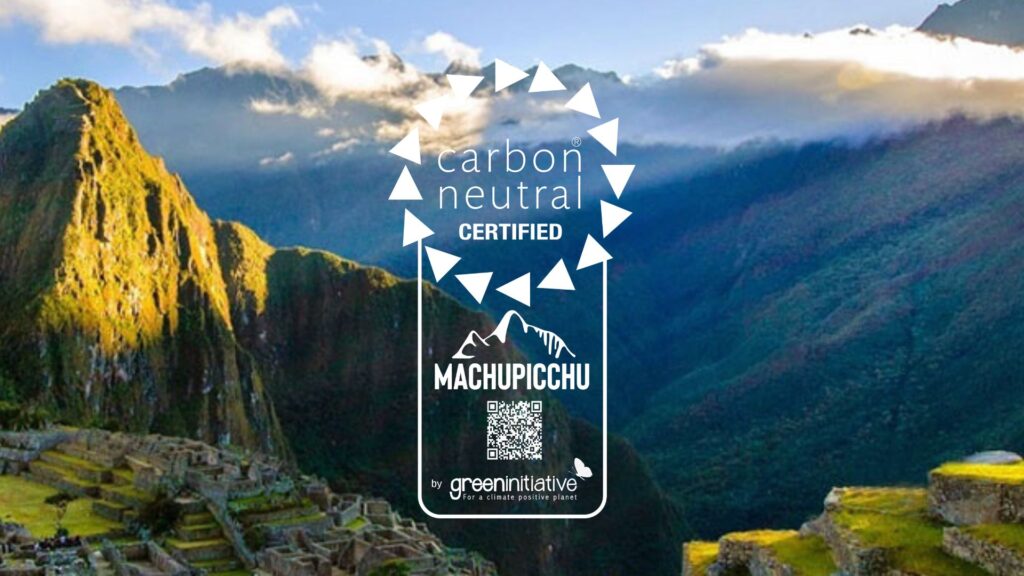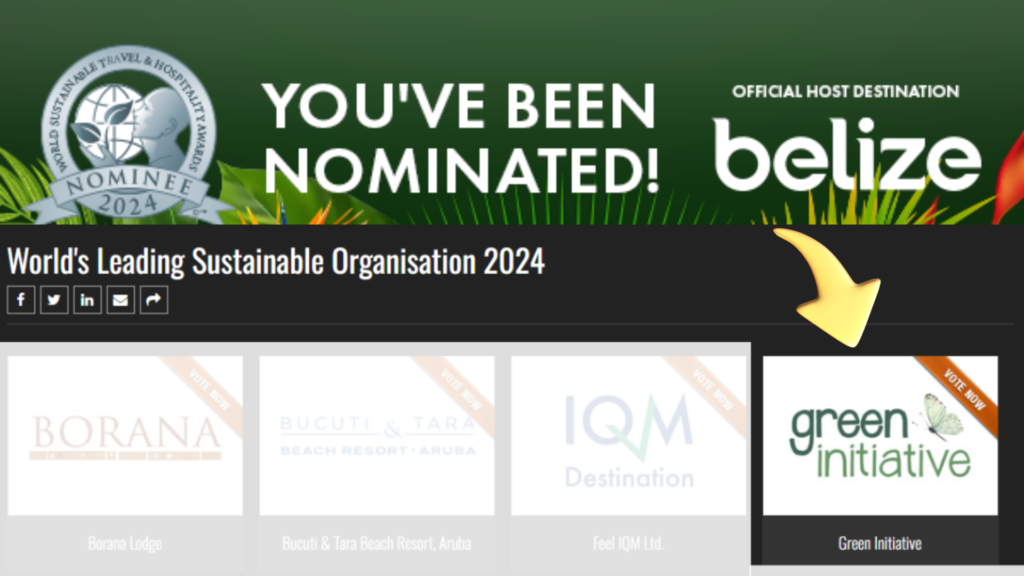Machu Picchu’s Carbon-Neutral Pathway: Transparent MRV for Climate and Tourism
Machu Picchu, Peru’s iconic UNESCO World Heritage Site, became the world’s first carbon-neutral certified tourism destination. This case study examines how the District Municipality of Machu Picchu, in collaboration with Inkaterra and under the technical coordination of Green Initiative, implemented a transparent, science-based system to measure, capture, reduce, and avoid greenhouse gas (GHG) emissions. Supported by local authorities and private sector partners, the initiative has achieved an independently verified 18.77% reduction in emissions since its initial certification in 2021. Background and Challenges Machu Picchu – a UNESCO heritage site – is the most famous archaeological site in South America and a major international tourism destination. It faces significant environmental risks due to unsustainable tourism practices, climate change, inadequate infrastructure, and policy gaps. Its Andean cloud forest ecosystem – home to rare species such as the Andean spectacled bear and orchids – is threatened by habitat loss, erosion, and shifting climate patterns. Additionally, fossil fuel use, unmanaged waste, and deforestation contribute to emissions. Maintaining its carbon-neutral status requires transparent measurement, nature-based solutions, improved infrastructure, and long-term environmental stewardship. Governance and Strategy The success of Machu Picchu’s decarbonization strategy lies in a robust multi-stakeholder governance model. Led by the District Municipality of Machu Picchu, the initiative included Inkaterra, CANATUR, The National Authority for Forest Conservation (Sernanp), International Promotion Agency (PROMPERÚ), AJE Group, TetraPak and international bodies such as UN Tourism, UNFCCC and UNESCO. Green Initiative coordinated the certification process.The climate strategy follows a three-tiered approach: Destination-level emissions accounting and planning; Business-level sustainability integration; Tourist-level engagement in carbon offsetting and restoration. This model, featured by Green Initiative at Climate Action Guide for Tourism Businesses and Destinations, available at the One Planet Network, positions tourism as a regenerative force for both climate and biodiversity. https://www.oneplanetnetwork.org/knowledge-centre/resources/climate-action-guide-tourism-businesses-and-destinations Climate Actions, Results, and Innovation Since 2019, Machu Picchu has developed a comprehensive decarbonization strategy, achieving an 18.77% reduction in its greenhouse gas (GHG) emissions — from 8,761.89 tCO₂eq in 2019 to 7,117.55 tCO₂eq in 2022. This transformation has been made possible through the implementation of innovative solutions and concrete actions, articulated under a regenerative tourism model. The main mitigation measures include: Ecological restoration and reforestation with native species have been carried out across more than five hectares of the district, with a total of 6,596 trees planted. This intervention captured 5,055.17 tCO₂eq, divided between ecological zones (156 tCO₂eq) and historic-cultural zones linked to tourism (4,899.17 tCO₂eq). Circular solid waste management in Machu Picchu includes a pyrolysis plant that transforms organic waste into biochar and a biodiesel plant that reuses cooking oil. The district also has a PET compactor, glass crushers for construction reuse, and recycling bins distributed throughout the area. These actions enable waste valorization, reduce emissions, and promote good practices among residents and visitors.Sustainable transport initiatives include the use of electric vehicles for waste collection, reducing an additional 40.80 tCO₂eq. Emission measurement and management (Scopes 1, 2, and 3) are conducted using scientifically verifiable methodologies, with a focus on Scope 1 emissions, which account for 82.08% of the total, primarily from fossil fuel use in tourist trains, responsible for 63.49% of all emissions.Residual emissions were offset through the purchase of 2,155 carbon credits from the REDD+ Brazil Nut Concessions project in Madre de Dios, implemented by BAM. This project protects 600,000 hectares of forest and benefits over 800 families. These actions are complemented by awareness efforts targeting tourists and operators, the promotion of renewable energy, and the encouragement of sustainable tourism practices, positioning Machu Picchu as a pioneering low-carbon tourism model, recognized by the United Nations and recertified for climate performance in 2024. Impacts and Recognition Through public-private partnerships, emission reductions were complemented by strengthened governance, circular economy systems, and green infrastructure. Machu Picchu was presented at COP16 as a flagship for regenerative tourism, generating over $5 million in spontaneous media coverage and reaching more than 100 countries. It was awarded South America’s Leading Tourist Attraction 2024 and highlighted at the UN Biodiversity Conference.The initiative demonstrates double materiality – reducing climate risk while generating value for visitors, communities, and investors. As highlighted by the One Planet Network (2024), it also aligns with global frameworks like the Glasgow Declaration and Climate Neutral Now. The project seeks to attract climate finance and scale the model to other sites. Conclusion Machu Picchu shows that even fragile heritage sites can reconcile tourism with environmental protection. Its 18.77% verified emissions reduction, forest restoration, and innovations in waste and mobility position it as a global climate leader. Already inspiring similar actions in Cristo Redentor and the Taj Mahal, the initiative presents a replicable model for regenerative tourism.For policymakers, businesses, and communities, the case of Machu Picchu offers more than inspiration – it offers a call to action: to shift from extractive tourism to restorative, climate-responsible travel. This article was prepared by Erika Rumiche, Virna Chavez, Musye Lusen and Ella Baehringer from the Green Initiative team. Related Reading
Machu Picchu’s Carbon-Neutral Pathway: Transparent MRV for Climate and Tourism Read More »








